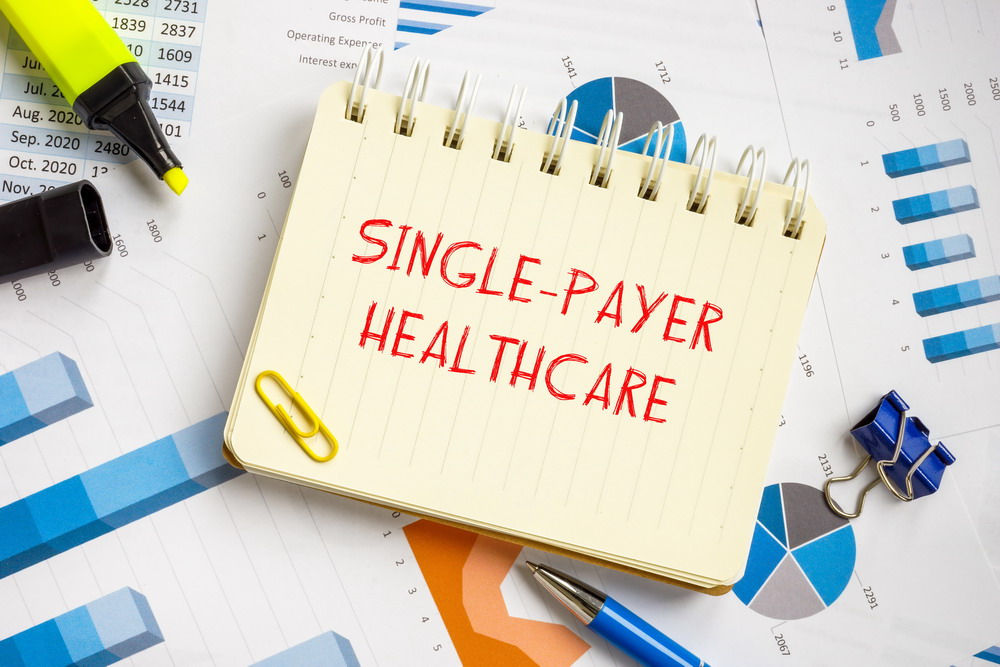Prescription drug prices in the U.S. are higher than in most other countries in the world. That much is no secret. What remains a mystery to most people is why. The answer is as simple as our convoluted payment system. But lest you think single-payer is the solution, it is not. Single-payer healthcare costs just as much for comparable quality. In many cases, it costs more.
Single-payer healthcare is essentially government healthcare. Hospitals, clinics, and pharmaceutical companies still do their thing. But instead of consumers and insurance companies paying the bill, the government pays it. Some people choose to refer to single-payer as government healthcare or socialized medicine. It is all the same thing.
Single-Payer Looks Inviting
As a consumer, single-payer healthcare may look inviting to you. And if so, it is probably because such systems generally don’t cost consumers anything out-of-pocket. Everything is paid for by the government. But is it really? More on that in a minute.
We are tempted to think that a single-payer system is better because we look only at retail prices. We go online to Canada Pharmacy and discover that we can get prescription medications at greatly reduced prices. Because Canada’s system is a single-payer system, we just assume that single-payer is better.
Canada Pharmacy can sell prescription drugs for less because their government places hard caps on both wholesale and retail pricing. On the surface, this may seem good. But it’s a mirage. Pharmaceutical companies need to make profit in order to innovate. They need to earn money in order to turn around and bring new products to market.
The truth of the matter is that U.S. consumers cover almost the entire cost of pharmaceutical innovation. Big Pharma doesn’t earn high enough profits in single-payer countries. So if we went single payer too, where would they get the money to develop new drugs and healthcare devices? It would have to come from the government. And where does government ultimately get its money? From taxpayers.
Single-Payer Means Higher Tax Rates
We get sucked into believing that single payer is better because we see how much cheaper Canadian drugs are. We fail to remember that nothing in life is free. Just because a consumer in a single-payer system doesn’t pay anything out-of-pocket does not mean their healthcare is free. They still pay. It’s just that they are doing so through their taxes.
It is interesting to study tax rates in countries with single-payer systems. For example, Germany’s healthcare system is held up as a model for the rest of the world. It is a single-payer system that provides pretty good care. But German taxpayers have one of the highest average income tax rates at 45%.
Can you imagine the government taking nearly half your pay every week? In Belgium, their highest personal income tax rate is 50%. Denmark’s is 55.9%. What is the average personal income tax rate in the U.S.? About 37%.
Consumers Pay One Way or Another
Single-payer healthcare being free to consumers is a myth. Nothing is free – ever. Single-payer healthcare is ultimately funded by tax revenues. And tax revenues come directly from consumer pockets. So one way or another, you pay for your healthcare.
The way to fix prescription drug prices in the U.S. is not the single-payer system. Instead, it is to get rid of the current insurance system as we know it. Scrap it and go back to the way we used to pay for healthcare services. Doing so takes a lot of greedy hands out of the equation. The fewer hands looking for money, the lower prices will ultimately be.












